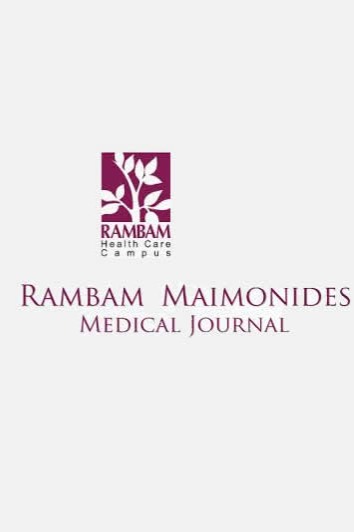
“Background: Accumulating evidence suggests overexpression of Eph receptors is associated with malignant human gliomas. Inhibiting interactions of Eph receptors with their ephrin ligands may improve clinical outcomes in glioma patients. The present study investigated the potential of cannabinoids to bind Eph receptors and block Eph/ephrin interactions.
Methods: Twelve major cannabinoids were computationally docked with ligand binding domains from six glioma-associated Eph receptors through Auto Dock Vina to measure their potential binding affinities. The molecular structures and residue interactions of the most favorable poses for each receptor binding domain were further visually examined.
Results: Cannabichromene (CBC) exhibited the most favorable binding with EphA2, EphA3, and EphB4 receptor ligand binding domains while tetrahydrocannabinol (THC) was predicted to bind favorably with EphB2 and EphB3 receptor ligand binding domains. EphA4 showed the best potential binding affinity with cannabidivarin (CBDV). Further analysis revealed that these cannabinoids bind to specific locations on Eph receptors required for Eph/ephrin interactions.
Conclusion: The findings suggest that certain cannabinoids can effectively bind to hydrophobic pockets required for ephrin binding and thereby be used to block subsequent Eph/ephrin interactions.”








